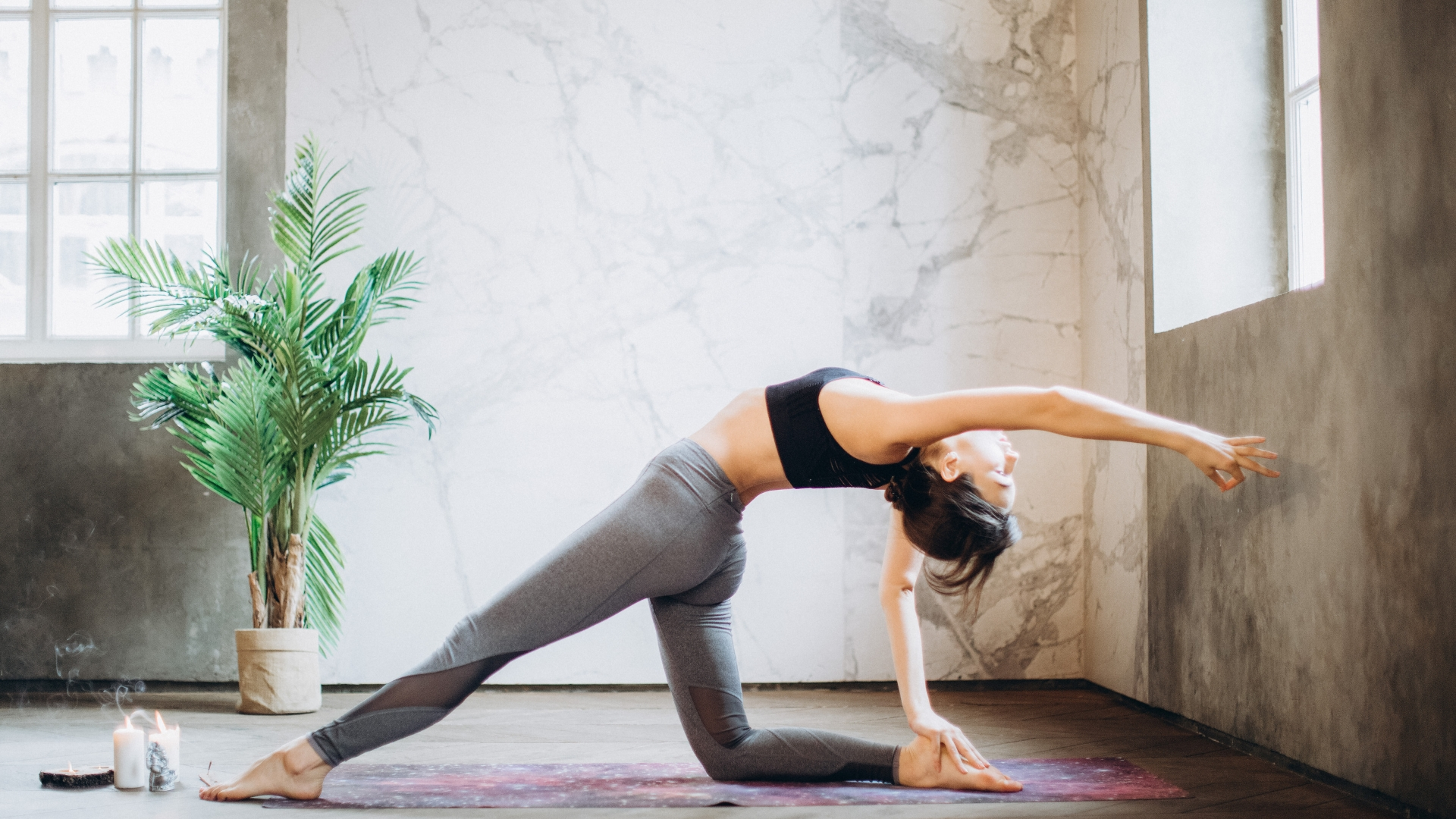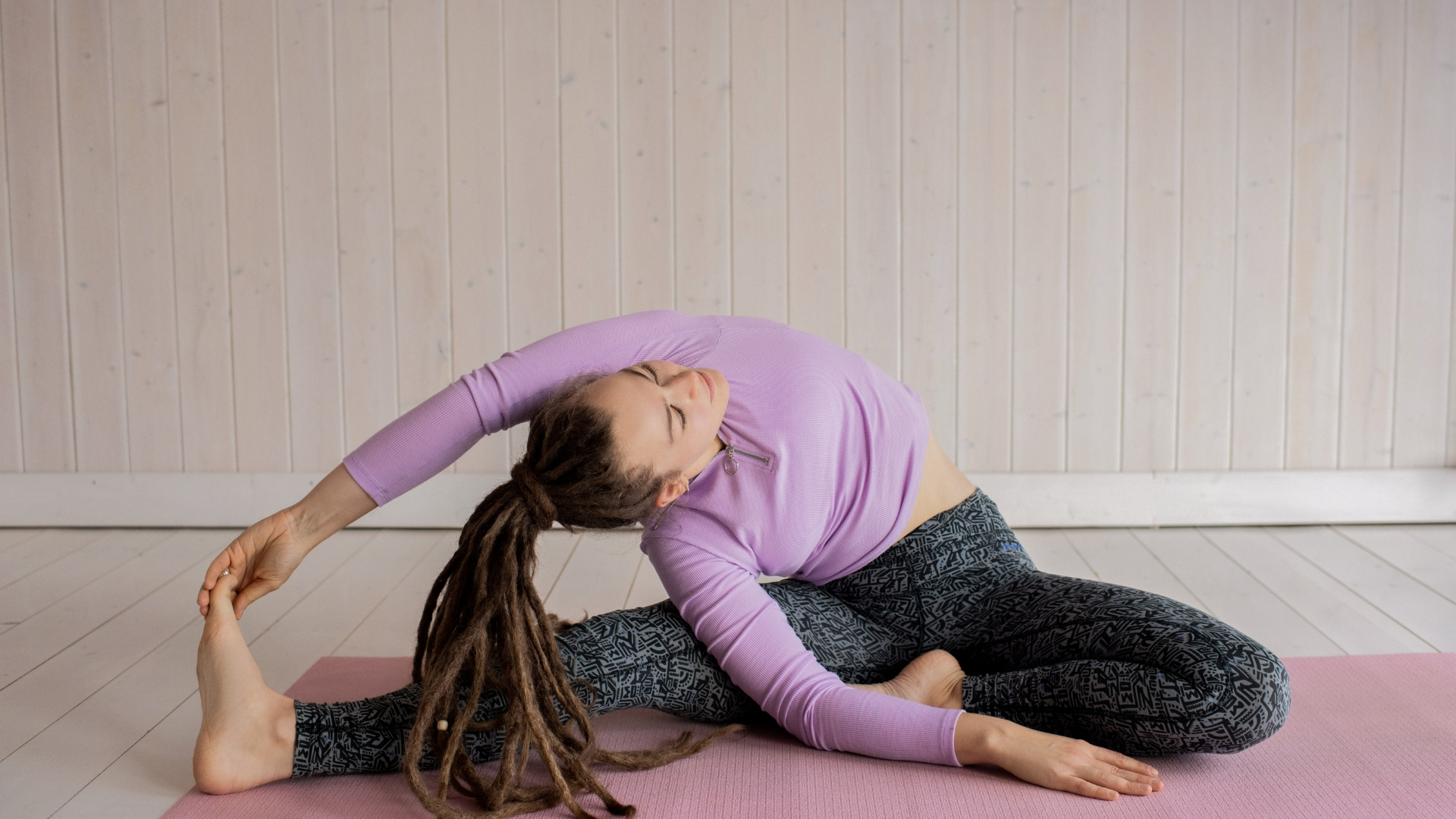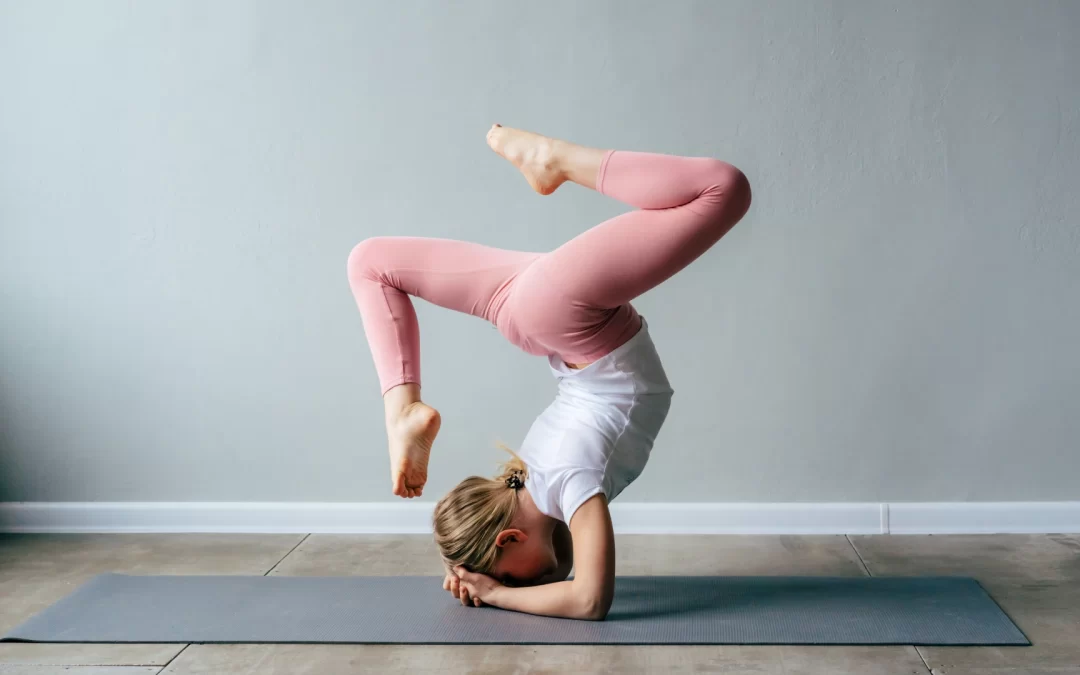Is Yoga Good For Flexibility?
In the pursuit of physical well-being, flexibility often takes a back seat to more visible indicators of fitness such as strength and endurance. However, flexibility is a cornerstone of overall health and vitality, influencing everything from posture to joint health. Among the myriad of practices aimed at enhancing flexibility, yoga stands out as a time-tested method with roots tracing back thousands of years. In this blog, we delve into the question: Is yoga really effective for improving flexibility? And also we’ll explore the physiological mechanisms, various styles of yoga, and practical tips for incorporating yoga into your routine for maximum flexibility gains.
Understanding Flexibility
Before we embark on the journey through yoga’s impact on flexibility, it’s essential to grasp the concept itself. Flexibility refers to the range of motion (ROM) in a joint or group of joints. It encompasses both static flexibility, the ability to hold a stretched position, and dynamic flexibility, the ability to move a joint through its full range of motion with control. Flexibility is determined by muscle length, joint structure, and connective tissue elasticity. Flexibility is crucial for maintaining mobility, preventing injuries, and enhancing overall physical performance.

Factors Affecting Flexibility
Several factors influence an individual’s flexibility, including:
- Age: Flexibility tends to decrease with age due to changes in muscle and connective tissue elasticity.
- Sex: Generally, females tend to be more flexible than males, partly due to differences in pelvic structure and hormones.
- Genetics: Genetic factors play a significant role in an individual’s inherent flexibility.
- Activity Level: Regular physical activity and stretching exercises can significantly improve flexibility.
- Muscle Temperature: Warm muscles are more pliable and stretchable than cold muscles.
- Injury and Scar Tissue: Previous injuries and the presence of scar tissue can limit flexibility.
The Role of Yoga in Enhancing Flexibility
Yoga is a holistic practice that combines physical postures (asanas), breathing techniques (pranayama), and meditation. It is renowned for its ability to enhance flexibility, among other benefits such as stress reduction, improved strength, and better balance. A study demonstrated that after engaging in yoga for an 8-week period, participants experienced notable improvements in their lower body flexibility.
Let’s examine how regular online yoga classes promote flexibility.
Physiological Mechanisms
- Muscle Stretching: Yoga involves a variety of poses that stretch different muscle groups. Regular stretching increases muscle length and elasticity, thereby enhancing flexibility.
- Fascial Release: The fascia is a connective tissue that surrounds muscles, organs, and nerves. Yoga poses help release tension in the fascia, improving overall flexibility and range of motion.
- Joint Mobility: Many yoga poses require movement in multiple directions, promoting joint health and mobility. Improved joint mobility contributes to better flexibility.
- Proprioception and Balance: Yoga enhances body awareness and proprioception (the sense of the relative position of one’s own parts of the body). Improved proprioception helps in maintaining proper posture and alignment, reducing the risk of injuries and improving flexibility.
- Nervous System Regulation: Yoga practices, particularly breathing and meditation, help regulate the nervous system, reducing muscle tension and promoting relaxation. Relaxed muscles are more pliable and stretch more easily.

Different Styles of Yoga and Their Impact on Flexibility
There are numerous styles of yoga, each with its own focus and approach. Some styles are particularly effective for improving flexibility.
- Hatha Yoga
Hatha yoga is a gentle and slow-paced style that emphasizes basic poses and proper alignment. It is ideal for beginners and those looking to improve their flexibility gradually. The slow pace allows for deeper stretching and longer holds, which are beneficial for increasing muscle length and joint mobility.
- Vinyasa Yoga
Vinyasa yoga involves a dynamic flow of poses synchronized with the breath. The continuous movement helps warm up the muscles, making them more pliable and ready for stretching. Vinyasa yoga is excellent for enhancing overall flexibility and cardiovascular fitness.
- Ashtanga Yoga
Ashtanga yoga is a rigorous and structured style that follows a specific sequence of poses. It is physically demanding and focuses on building strength and flexibility simultaneously. Ashtanga yoga practitioners often experience significant improvements in flexibility due to the intensity and repetition of the practice.
- Yin Yoga
Yin yoga targets the deep connective tissues and fascia through long-held, passive poses. This style is particularly effective for increasing flexibility as it allows the muscles and fascia to release and lengthen gradually. Yin yoga is beneficial for those looking to improve flexibility in a gentle and meditative way.
- Bikram Yoga
Bikram yoga, also known as hot yoga, is practiced in a heated room. The heat helps warm up the muscles, allowing for deeper stretches and increased flexibility. Bikram yoga follows a specific sequence of 26 poses and is known for its intense physical and mental challenges.
- Restorative Yoga
Restorative yoga uses props to support the body in passive poses, promoting relaxation and gentle stretching. It is an excellent style for improving flexibility in a calm and restorative manner. Restorative yoga helps release tension and tightness in the muscles, making it easier to achieve greater flexibility over time.
Practical Tips for Improving Flexibility with Yoga

To maximize the benefits of yoga for flexibility, consider the following tips:
- Consistency is Key
Regular practice is essential for improving flexibility. Aim to practice yoga at least three to four times a week. Consistent stretching helps maintain and gradually increase muscle length and joint mobility.
- Warm-Up Properly
Always start your yoga practice with a warm-up to prepare your muscles for stretching. Gentle movements such as cat-cow poses, sun salutations, or dynamic stretches help increase blood flow and muscle temperature, reducing the risk of injury.
- Focus on Proper Alignment
Proper alignment is crucial for effective stretching and injury prevention. Pay attention to your body’s alignment in each pose and make adjustments as needed. Consider taking a class with a certified yoga instructor to learn correct alignment and modifications.
- Breathe Deeply
Breathing deeply and mindfully enhances relaxation and allows you to stretch more effectively. Inhale deeply to lengthen the spine and exhale to deepen the stretch. Controlled breathing also helps regulate the nervous system, reducing muscle tension.
- Be Patient and Gentle
Flexibility takes time to develop. Avoid pushing yourself too hard or forcing your body into poses. Listen to your body and respect its limits. Gradual and gentle stretching is more effective and safer than aggressive stretching.
- Incorporate a Variety of Poses
Include a variety of poses through online yoga classes to target different muscle groups and joints. Balance forward bends, backbends, twists, and lateral stretches to ensure comprehensive flexibility training.
To learn more about different yoga poses, check out our blog “What Are Some Advanced Yoga Poses?”
- Use Props
Props such as blocks, straps, and bolsters can assist in achieving proper alignment and deeper stretches. They provide support and help you maintain poses safely and comfortably.
- Combine Yoga with Other Activities
Complement your yoga practice with other activities that promote flexibility, such as Pilates, dance, or dynamic stretching routines. A well-rounded fitness regimen enhances overall flexibility and physical health.
Conclusion
Yoga is undeniably effective for improving flexibility. Its combination of stretching, mindful breathing, and relaxation techniques makes it a holistic approach to enhancing physical mobility and overall well-being. Whether you are a beginner or an experienced practitioner, incorporating yoga into your routine can lead to significant improvements in flexibility, joint health, and muscle elasticity. By practicing yoga consistently, focusing on proper alignment, and listening to your body, you can achieve greater flexibility and enjoy the many other benefits that yoga has to offer. Embrace the journey of yoga and flexibility, and let it transform your body and mind in profound ways.
Inquiry
If you have any questions, please feel free to reach out. We’ll be glad to help!

